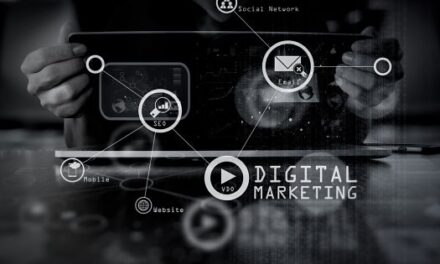Innovation is the top way to stay competitive in today’s ever-changing marketplace. That doesn’t just mean staying up-to-date with the latest technology. It includes creating a workplace culture that fosters leading-edge ideas and discoveries.
To do this, business leaders today must expand their corporate vision. By fostering continuous learning and supporting employee development, they can help staff become a team of seasoned professionals. This allows you to unleash the power of emerging technology to boost your business ahead of the curve.
Fostering Continuous Learning in the Workplace
Some leaders may not see the value of continuous learning. They worry that it will distract staff members from their assignments or tempt them to leave the company. However, taking this step boosts your firm’s reputation. Here are the top benefits of promoting continuous learning in your company:
- You’ll be able to attract top talent. Candidates are looking for steady careers where employers support their goals. Recruit promising prospects and provide them the tools to build a long-term career with your firm.
- Your employees will be less likely to leave. Companies that offer training have employee satisfaction, reducing quit rates by 34%. By going beyond traditional classroom-style training to offer mentorship programs, you can provide a hopeful future for existing staff.
- You can reduce skill gaps in your staff. Some of your employees have excellent soft skills but do not have the requirements for an evolving workplace. Continuous learning bridges that gap.
- A continuous learning culture also promotes innovation by fostering creativity and critical thinking. It allows team members to keep up with trends and changes within your industry, keeping you on track or ahead of the competition.
Encouraging continuous learning at your firm boosts productivity and is a cornerstone of creating employee development plans.
The Benefits of Offering Employee Development Options
If you want to have an engaged and innovative team, the best way to nurture excellence is to promote professional development. This goes far beyond traditional continuous education. Some elements of a beneficial employee development program include:
- Consider offering individualized learning opportunities. In a diverse business landscape, one-size-fits-all solutions are not always the best approach. Think outside the box to create options all employees can take advantage of.
- Experiential learning provides employees with an opportunity to bring solutions to the table they might not have thought of through traditional education. Being hands-on allows them to have an intimate understanding of the workings of your business.
- Collaboration and cross-department sharing help staff members understand the challenges the company faces as a whole. This helps build community and makes employee retention more likely.
- Mutual teaching is a great way to build rapport among staff members of different departments. In this format, people learn and exchange skills that might not have anything to do with your company, like how to make a delicious marinara sauce, the best way to sew a button, or write the perfect Facebook post.
- Recognition is a critical component of employee development. Establishing goals and acknowledging achievements helps team members feel like valued stakeholders and encourages them to help move the company forward.
Employee development is key to positioning your team to embrace new technologies.
Adopting Emerging Technologies
The landscape of innovation is rapidly developing. Companies must embrace the digital revolution to keep up and surpass their competition. Staying ahead of emerging technologies is not just a matter of offering your teams continuous learning opportunities. You must also understand the needs of your client on a deep level to understand which trends best suit and support them. Focus on transparency and consistent results, especially when making changes.
Remember that innovation is not just about integrating emerging tech; it’s also about experimenting with new ideas and concepts. For example, you can try new approaches to marketing with applications that streamline results data to better serve customers. In the modern marketplace, emerging technologies can be a valuable cornerstone of your business, helping both your team and your clients get the best results.
One technology that every business can employ right now is artificial intelligence (AI). Companies can use this tool to improve nearly every aspect of their business, even in ways most people don’t consider. For example, AI can enhance product quality in manufacturing by:
- Allowing you to develop prototypes for new or redesigned products, including testing and development analytics, giving you a faster time to launch new items.
- Detecting flaws and deficiencies in product design that are difficult for humans to catch, such as minor stresses on the materials used in a new product.
- Quickly analyzing large data sets to better predict supply and demand and optimize your inventory.
- Identifying potential sources of supply chain disruptions so that you can seamlessly avoid fulfilment challenges.
- Integrating AI with automation to reduce errors and other mishaps, keeping your systems running smoothly
Consider how AI can benefit the different departments in your company. This is an ideal opportunity to bring your teams together in a mutual teaching environment to cross-share their experience with AI. Teams can then brainstorm creative solutions that enhance your company’s offerings and services.
To build a culture of continuous innovation, companies should provide continuous learning alongside employee development opportunities. Adopting emerging technologies such as AI helps these firms stand out in their industry. By embracing these trends, your company can scale to new heights.
Subscribe To Our Newsletter
Join our mailing list to receive the latest news updates and offers from our team.





















